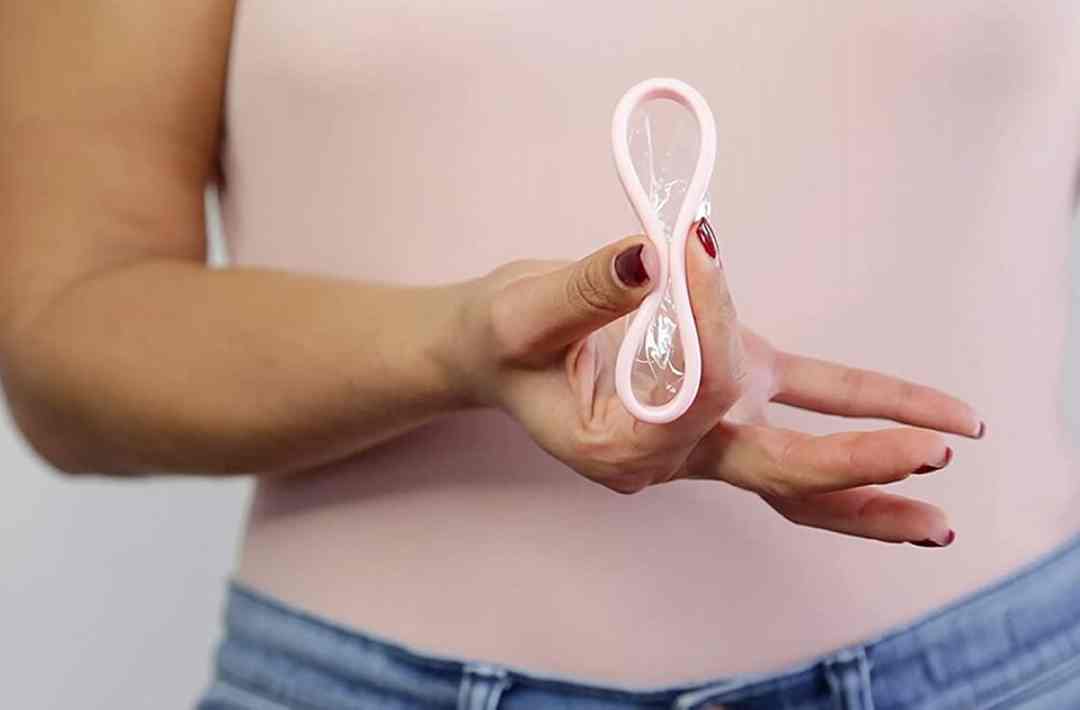Editor’s Note: We at POPSUGAR recognize that people of many genders and identities have vaginas and uteruses, not just those who are women. For this particular story, we interviewed experts who generally referred to people with vaginas and uteruses as women.
Couples and individuals may be ready to grow their families and fill a home with little ones, but sometimes getting pregnant can be challenging. For those dealing with infertility, in-vitro fertilization (IVF), a form of assisted reproductive technology, can be a solution.
But the IVF process can be extremely taxing mentally, physically, and financially. Recently, another form of IVF has gained popularity as a more cost-effective and low dosage way to receive fertility treatments: mini IVF. So what makes mini IVF different from traditional IVF? POPSUGAR spoke to experts to better understand mini IVF, the downsized fertility treatment on the rise.
What Is Mini IVF?
Well, mini IVF is essentially IVF. It requires the same process, but it’s given the term “mini” because it involves a reduced or minimal stimulation protocol. It’s a gentle alternative to traditional IVF.
“I tend to recommend mini IVF more and more because of the lower dosage, and it tends to be a little more friendly, easier on the ovaries and the woman when they’re going through fertility treatment,” Robert Kiltz, MD, founder and director of CNY Fertility Centers, told POPSUGAR. Rather than using large amounts of fertility medication to stimulate a woman’s ovulation (as with traditional IVF), mini IVF uses a smaller dosage of medication to gently stimulate the production of a small number of high-quality eggs — usually three to five quality eggs per cycle, according to Dr Kiltz.
How Does Mini IVF Differ From Conventional IVF?
A huge difference between mini IVF and traditional IVF is the amount of medication needed for ovarian stimulation. Conventional IVF requires daily high-dosage injections, while mini IVF stimulates egg growth with oral medication and minor injections. The consequences of the reduced medication also differ; a mini IVF cycle produces fewer eggs than a full stimulation cycle.
Mini IVF uses a combination of both oral medications and injectable follicle-stimulating hormone medications, which helps control the menstrual cycle and stimulates the growth of eggs in the ovaries. The dosage for traditional IVF is 300 units and can reach up to 400 or 600 units for higher doses, for 10 days daily. Mini IVF is a much lower dosage, consisting of 100 to 200 units a day for 10 days, which is tolerated better for women, according to Dr. Kiltz.
“Interesting enough, some women, even in those lower doses will make more eggs,” Dr. Kiltz says. Then, there’s the difference in cost. The average cost of a traditional IVF cycle is between $10,000 to $15,000 per cycle, according to the Society for Assisted Reproductive Technology (SART). But depending on your insurance, where you’re getting treatment, and your specific health profile, it could reach up to $25,000 per cycle. Mini IVF, on the other hand, tends to be more affordable simply because the protocol doesn’t require large amount of medications compared to other IVF procedures. At CNY Fertility, the cost of Mini IVF can range from anywhere between $5,000 and $15,000 per cycle, says Dr. Kiltz. Still, it’s worth noting that by taking fewer medications as with mini IVF, fewer embryos will be produced. This could result in having to do more IVF cycles, which of course, can add up.


